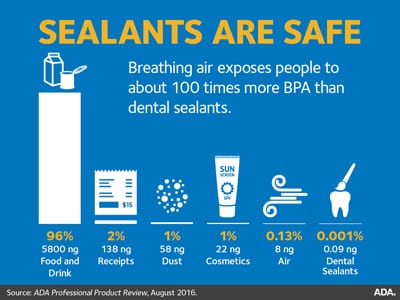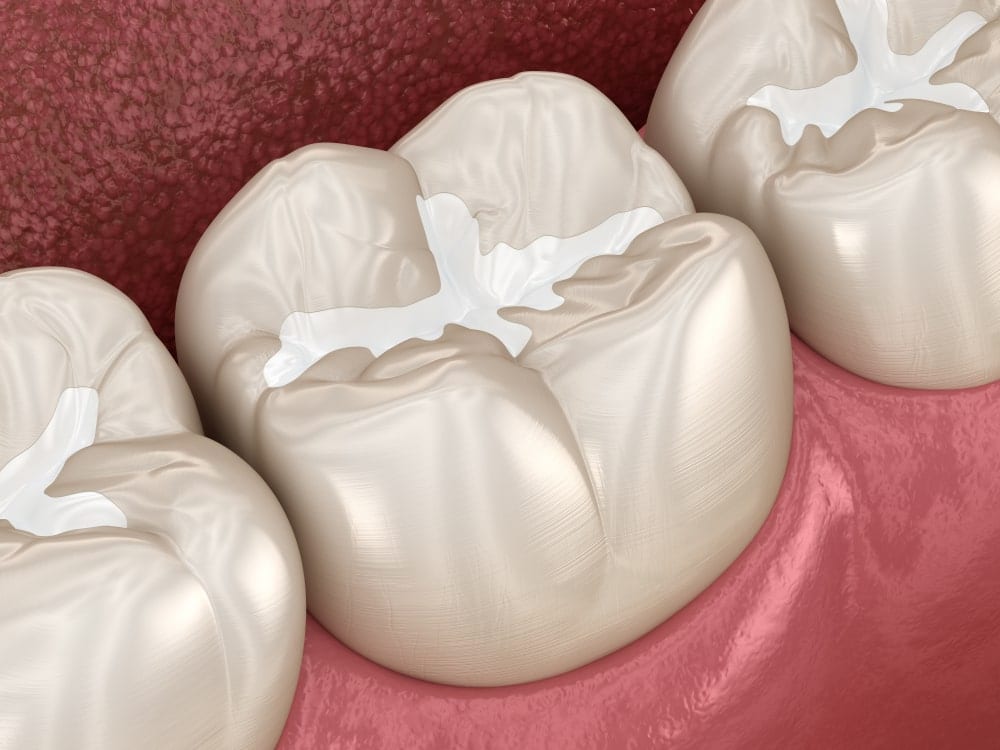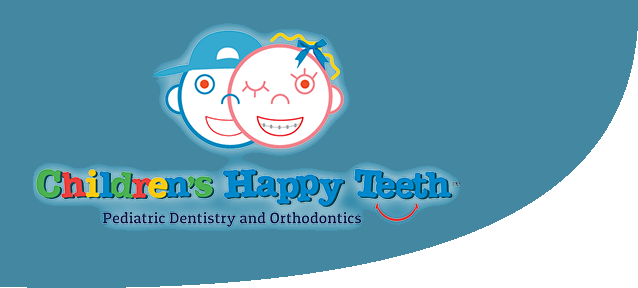As passionate as your child’s pediatric dentist is and as dedicated as you are to your child’s oral health, chances are your child doesn’t share the same passion or dedication. While you may be able to convince them to begrudgingly brush and floss their teeth, you may still worry that they are at risk for developing cavities. Luckily, your child’s pediatric dentist has a way to help decrease the risk of cavities, especially in children that struggle with proper brushing and flossing.
In cases where you are concerned about your child’s oral health, their pediatric dentist may recommend a dental sealant. Dental sealants are a thin layer of composite resin that is brushed over the surface of your child’s teeth in order to seal the tooth and prevent bacteria from damaging the enamel. As a parent, here are five things that you should know about dental sealants:
Sealants are safe

First and foremost, it is important to know that dental sealants are safe for use in children to prevent tooth decay. While some people are concerned about the possible presence of trace amounts of BPA during the production of dental sealants, there is more BPA in the air we breathe than in sealants. The American Dental Association has performed a large amount of research to determine that sealants are safe. However, there are also dental sealants that don’t use any BPA if you are still concerned about this.
Effective against decay
Not only are sealants safe for use in children, but they are also very effective in preventing childhood cavities. Once applied on the teeth, the ADA notes that dental sealants reduce the risk of cavities by 80% in the first two years after application and by 50% 2-4 years after application. While sealants can technically remain on your child’s teeth for up to nine years, they will wear down over time and become less effective. For this reason, most dentists recommend replacing sealants about every 2-4 years or when they start to wear down.
Blend in with your child’s teeth
Dental sealants are thin layers of composite resin. Composite resin is a common dental material valued for its ability to bond directly with the enamel while maintaining a natural appearance. As a result, dental sealants are available in clear, white, or tooth-colored shades. They can even be customized in color to match the exact shade of your child’s teeth. This means that the end result will be completely invisible.
Easy to apply
Since sealants need to only be applied to the surface of your child’s teeth, the process of having sealants placed is quick, painless, and easy for your child. The first step is to clean your child’s teeth to ensure that any plaque, tartar, or bacteria has been removed from the surface. After the teeth are clean, then a thin layer of composite resin is applied to the surface of the tooth and hardened in place with a special light in only a matter of seconds.
Generally applied to molars

The most common location to apply dental sealants is over the chewing surface of molars. This is due to the fact that molars are one of the most common sites of tooth decay. Since molars have a variety of pits and fissures, it is easy for food debris, plaque, and bacteria to “hide” in the texturized chewing surface. Even when your child brushes, they may miss certain places. However, having a dental sealant placed makes sure there is a barrier between the tooth enamel and bacteria, which decreases the risk of cavity formation.





